Have you ever wondered how your car’s wheels can rotate at different speeds when going around a turn? The secret lies in a fascinating component called the differential. This ingenious mechanism plays a crucial role in your vehicle’s ability to maneuver smoothly and efficiently.
At the heart of every car is a drivetrain that transfers power from the engine to the wheels. However, when a vehicle goes around a corner, the outer wheels travel a greater distance than the inner wheels. To compensate for this difference in distance, the wheels must rotate at varying speeds.
This is where the differential comes into play, allowing the driven wheels to rotate at different speeds while still being powered by the same source.
There are several types of differentials found in modern vehicles, each designed to cater to specific driving conditions and performance requirements. Let’s explore them in detail:
Open Differential (Conventional Differential)
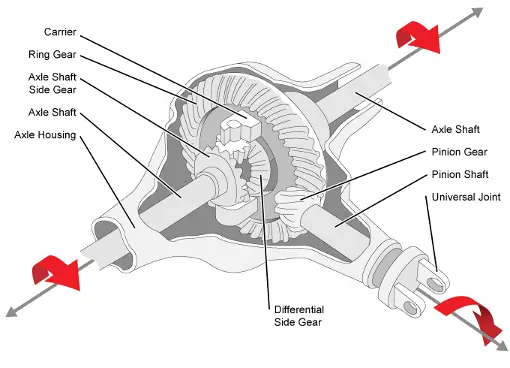
This is the most common and basic type of differential found in many passenger cars. The open differential allows the two driven wheels to rotate at different speeds, enabling the vehicle to turn corners smoothly.
However, it has a significant limitation – if one wheel loses traction on a slippery surface, all the power will be sent to that wheel, leaving the other wheel spinning uselessly. This can result in a loss of traction and control.
Limited-Slip Differential (LSD)
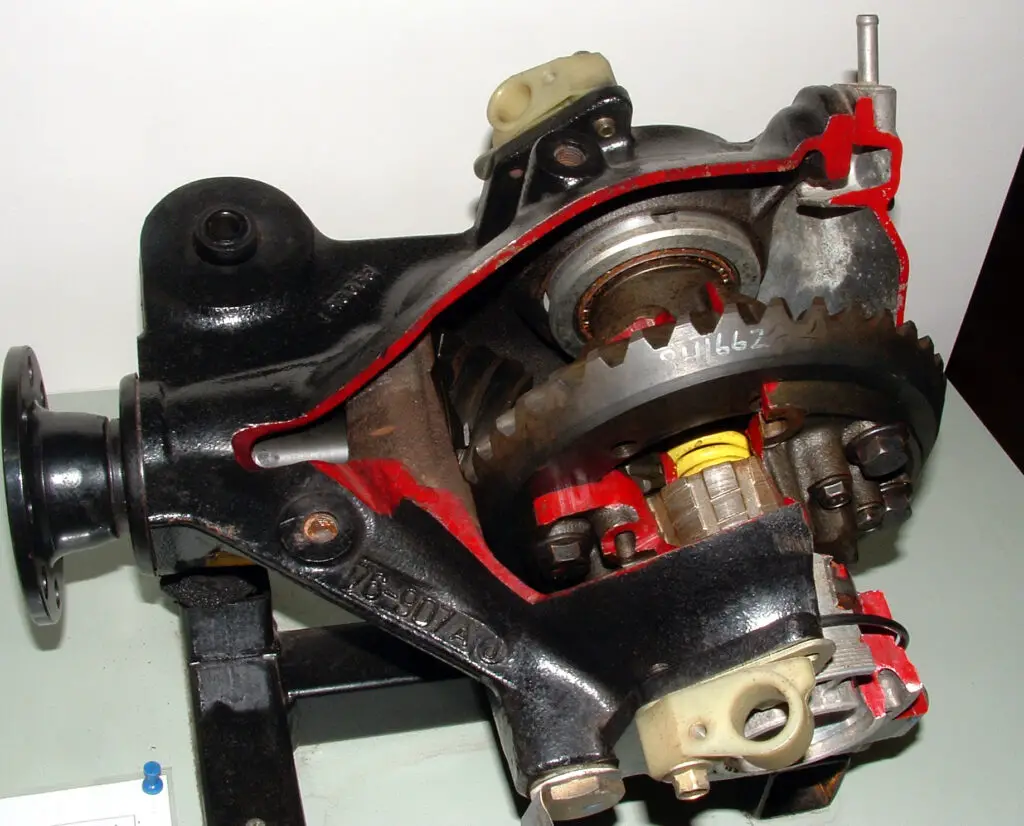
To address the shortcomings of the open differential, the limited-slip differential (LSD) was introduced. This type of differential uses clutch packs or gears to limit the difference in speed between the two driven wheels.
When one wheel starts to spin due to a loss of traction, the LSD transfers some of the power to the wheel with better grip, improving overall traction and control. LSDs are commonly found in performance-oriented vehicles, off-road vehicles, and cars driven in areas with frequent slippery conditions.
Torque Vectoring Differential
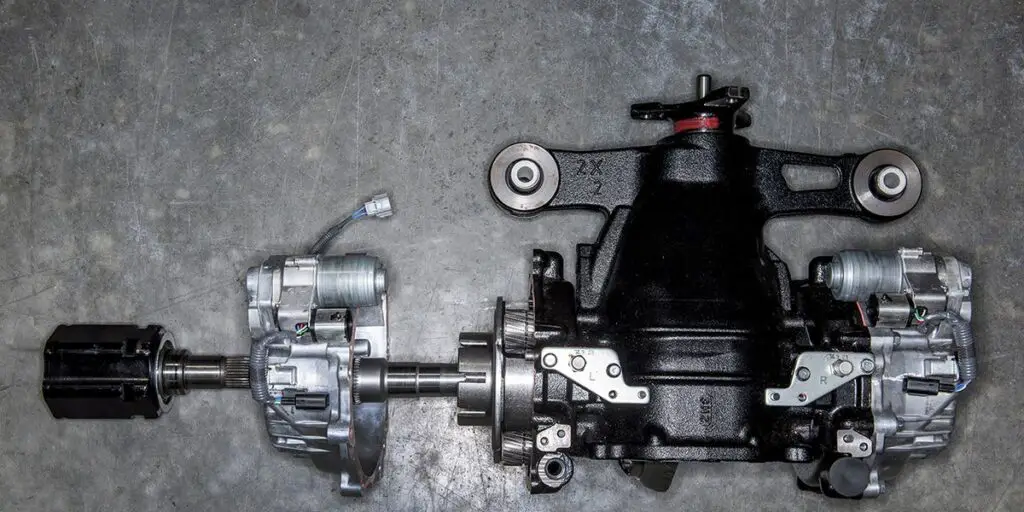
Torque vectoring differentials are advanced systems that can actively distribute torque between the left and right wheels, even on dry surfaces.
This technology is particularly useful in high-performance vehicles, as it can improve handling and stability by sending more torque to the outer wheel during cornering. Torque vectoring differentials can be either mechanical or electronic, with the latter offering more precise and dynamic control.
Locking Differential
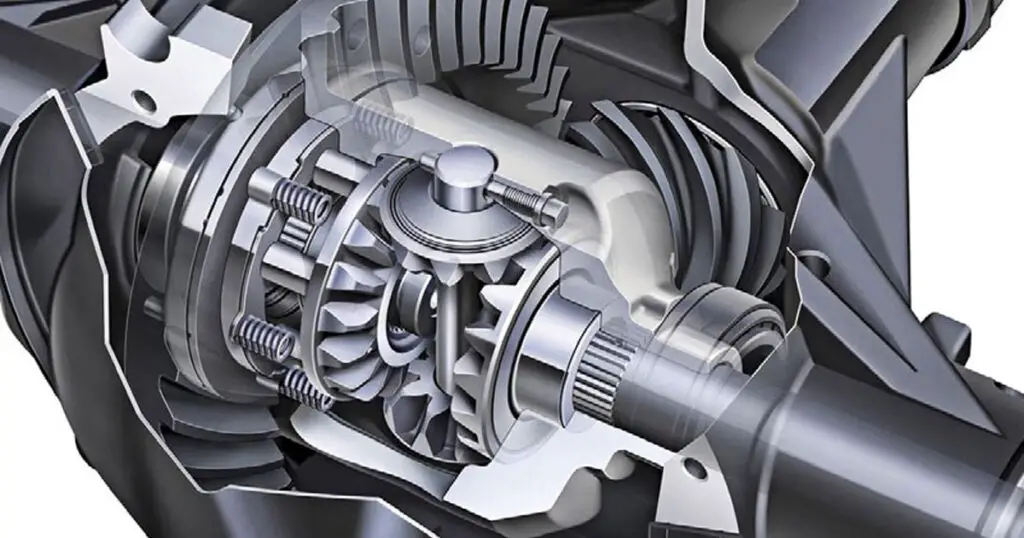
A locking differential is designed for extreme off-road conditions and low-traction situations. When engaged, it essentially locks the two driven wheels together, forcing them to rotate at the same speed.
This ensures that both wheels receive equal power, maximizing traction on loose or slippery surfaces. However, locking differentials are not suitable for normal on-road driving, as they can cause excessive tire wear and handling issues during tight turns.
Electronic Limited-Slip Differential (eLSD)
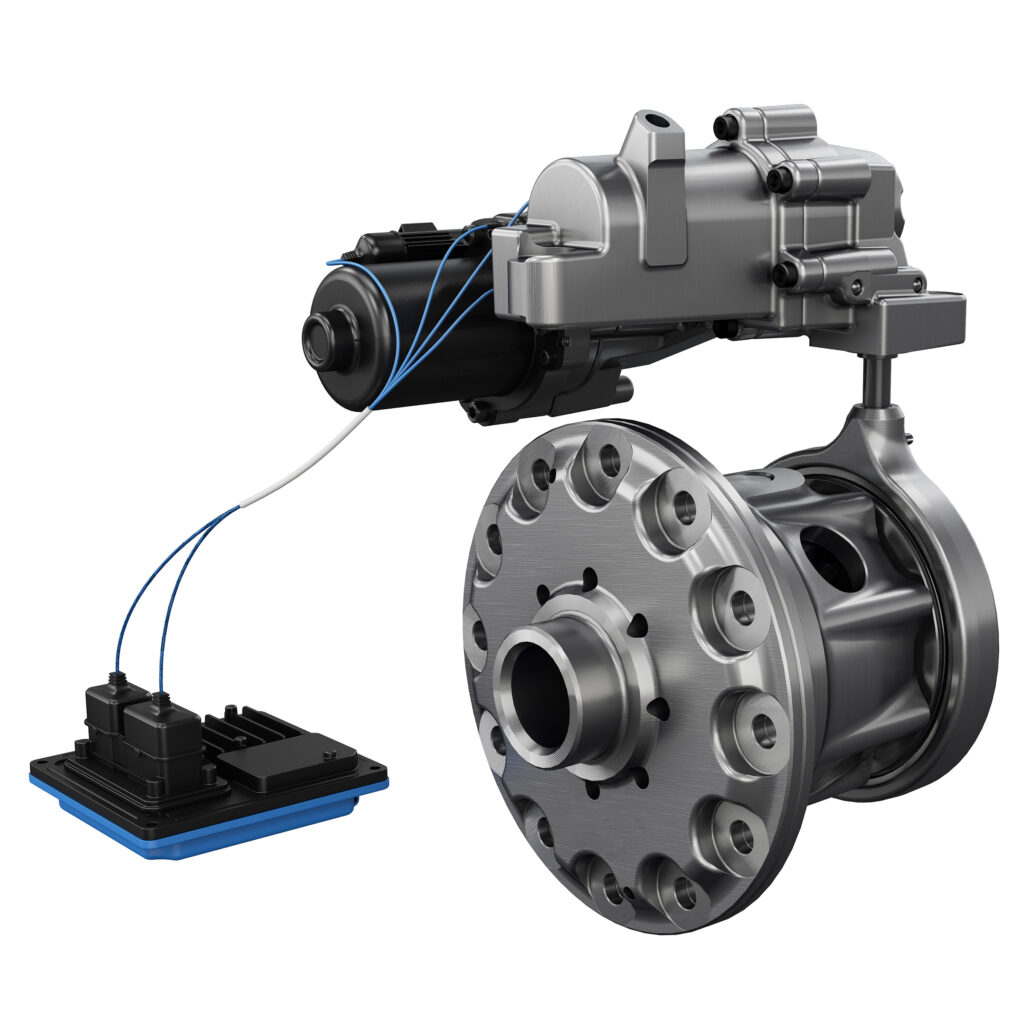
The electronic limited-slip differential (eLSD) is a modern take on the traditional LSD. Instead of using clutch packs or gears, the eLSD utilizes electronic control units and brake interventions to mimic the behavior of a mechanical LSD.
By selectively applying braking force to the spinning wheel, the eLSD can transfer torque to the wheel with better traction. This system is often found in high-performance vehicles and provides a smoother and more responsive driving experience compared to mechanical LSDs.
Each type of differential has its advantages and drawbacks, catering to different driving conditions and vehicle requirements. Open differentials are simple and cost-effective but lack traction in slippery conditions. Limited-slip differentials and torque vectoring differentials offer improved traction and handling but come at a higher cost.
Locking differentials are essential for extreme off-road situations but are not suitable for daily driving. The choice of differential ultimately depends on the intended use of the vehicle and the driver’s priorities in terms of performance, traction, and handling.
Conclusion
Understanding the different types of differentials is crucial for automotive enthusiasts, off-road adventurers, and anyone seeking to maximize the capabilities of their vehicle.
Read More:
- Why is My Transmission Overheating?
- The Innovative DCT Transmission: Shifting the Future of Automotive Performance
- Transmission Slipping: A Comprehensive Guide
- How Long Do Alternators Last?
These unsung heroes work tirelessly behind the scenes, ensuring that your car maintains traction, stability, and control, no matter the driving conditions.

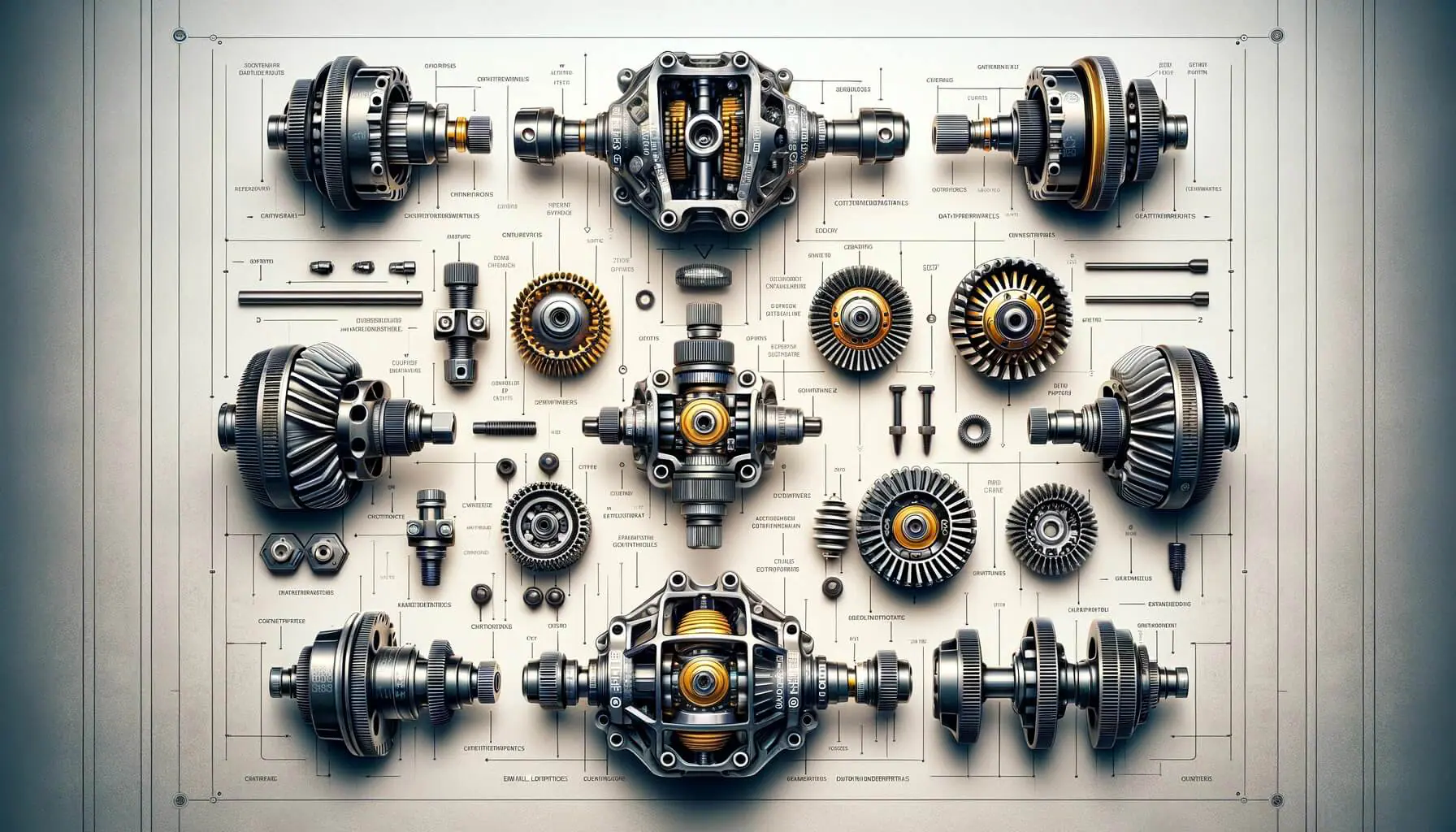

[…] Understanding Car Differentials – The Unsung Heroes of Your Vehicle […]
[…] Understanding Car Differentials – The Unsung Heroes of Your Vehicle […]